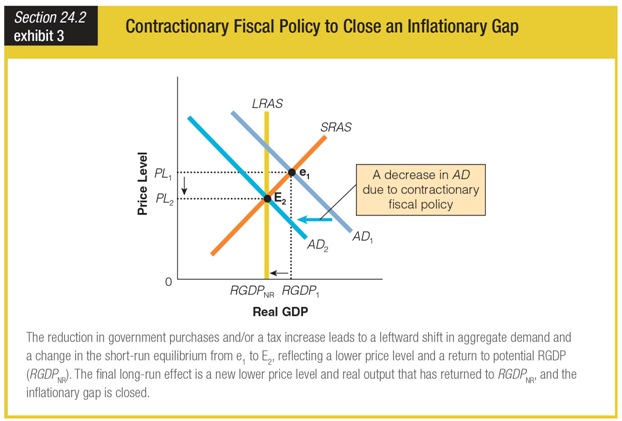Explain the theory that education acts as a signaling device. How does this contrast with the theory of education as an investment in human capital?
The theory of signaling suggests that those who have desirable "productivity" characteristics are more likely to finish educational programs. The human capital theory suggests that productivity characteristics are enhanced by the learning that takes place in formal educational programs.
You might also like to view...
Suppose the following two events occur in the market for elementary school teachers:
a. Overcrowded schools and education budget cuts have discouraged young college students from pursuing careers in teaching. b. With an increasing birth rate, the number of children entering the elementary school system is expected to increase significantly over the next ten years. What is likely to happen to the equilibrium wage and quantity of teachers as a result of these two events? A) The equilibrium wage rises and the effect on the equilibrium quantity of elementary school teachers is indeterminate. B) The equilibrium quantity falls and the effect on the equilibrium wage of elementary school teachers is indeterminate. C) The equilibrium quantity falls and the equilibrium wage of elementary school teachers rises. D) The equilibrium quantity and the equilibrium wage of elementary school teachers fall.
Answer the following statements true (T) or false (F)
1. The purpose of using the four-firm concentration ratio is to calculate how much market share would change in the case of a merger between two of the firms. 2. A minimum price contract is illegal because it would restrict competition. 3. One regulatory option for dealing with natural monopolies is to leave them alone. 4. The purpose of the Dodd-Frank Act was to address numerous accounting scandals involving prominent corporations such as Enron, Tyco International, and WorldCom that occurred as a result of deregulation. 5. If firms were required to pay the social costs of pollution, they would create less pollution but produce less of the product and charge a higher price.
In this graph, at point e1, output level is ______.

a. above the potential
b. below the potential
c. at the potential
d. not shown
An import quota on a product protects domestic industries by:
A. reducing the foreign supply to the domestic market and, thereby, raising the domestic price. B. increasing the foreign supply to the domestic market and, thereby, lowering the domestic price. C. increasing the domestic demand for the product and, thereby, increasing its price. D. providing the incentive for domestic producers to improve the efficiency of their operation and, thereby, reduce their per-unit costs of production.